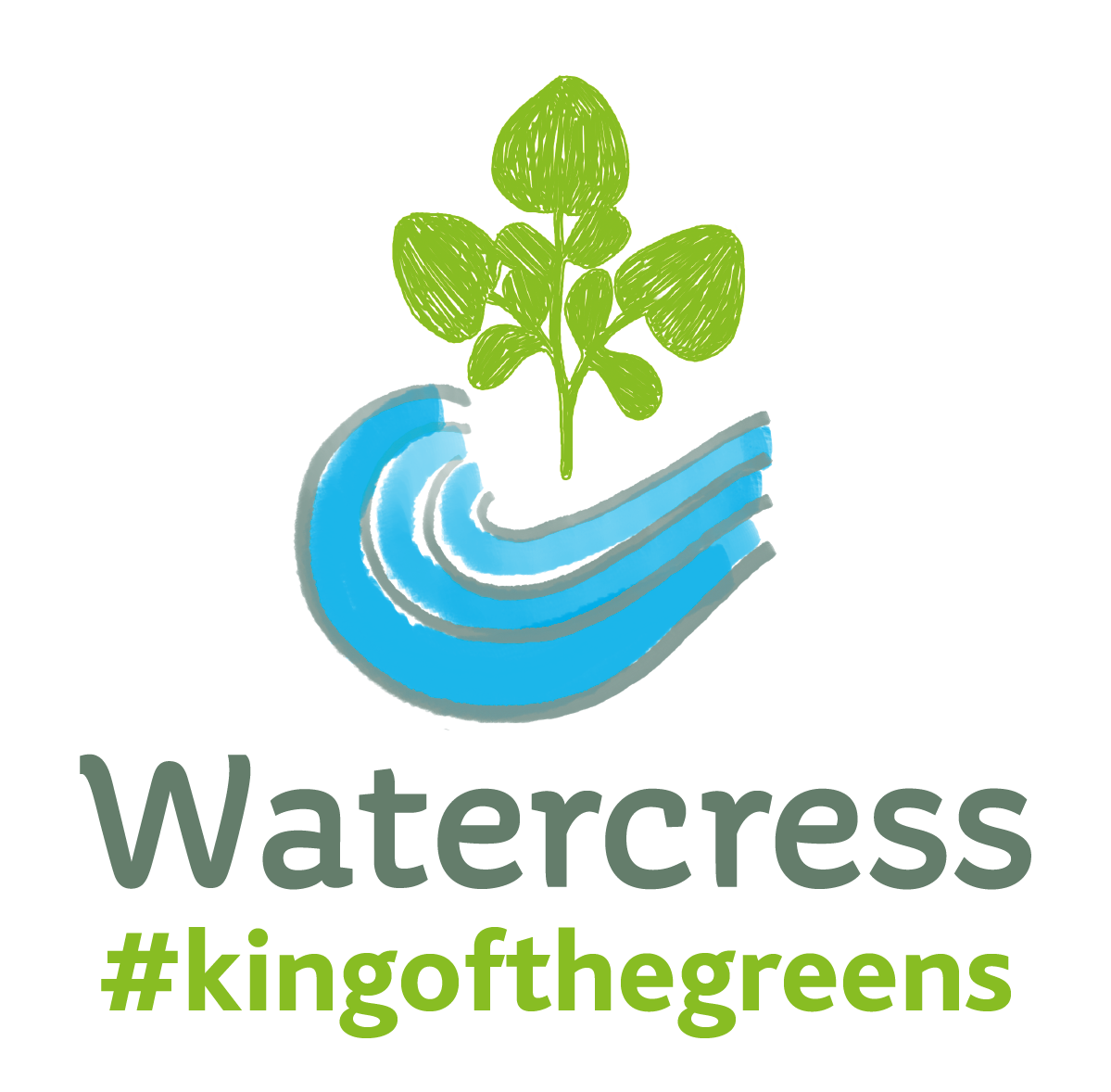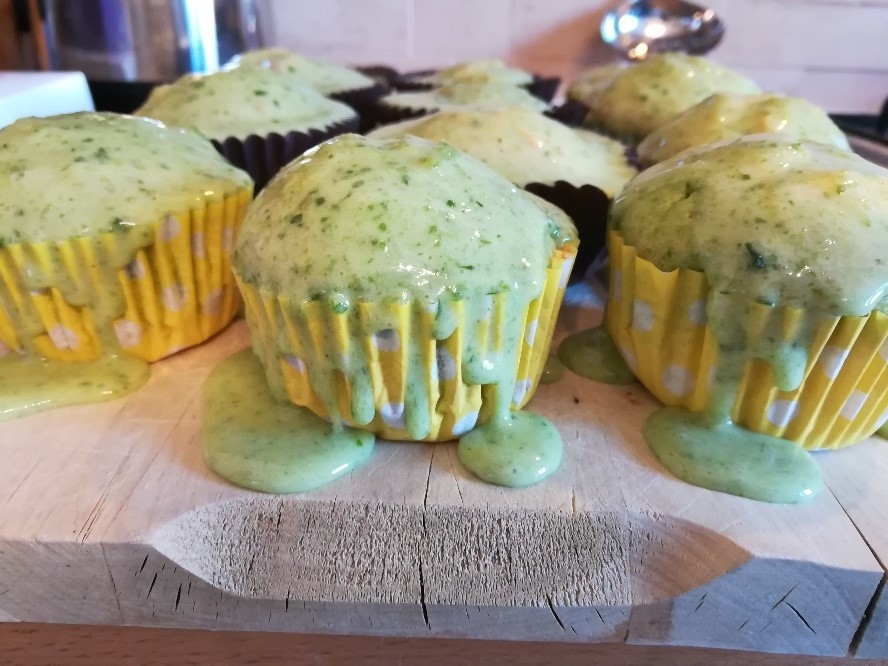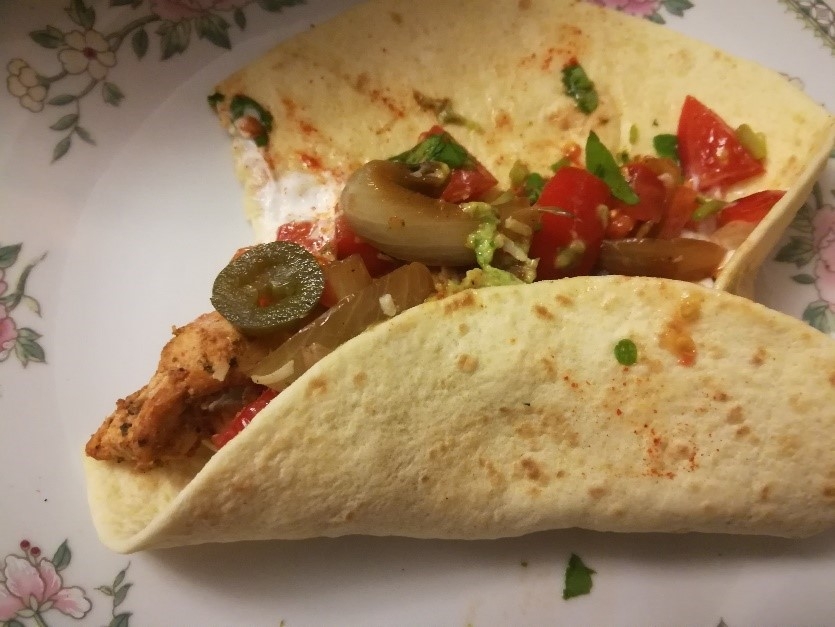Baking watercress pikelets, pancakes & cupcakes
Susan and her partner live in Glasgow with their young child. Keen runners and keen to feed their daughter only the best, Susan was delighted to become a Watercress Ambassador and add more of the green stuff to their diet. Susan has tracked her watercress culinary experiences over the last five weeks with some unexpected successes. This time she reports on her attempts to convert her older relatives to watercress……
This week we’ve had visitors. My aunt and uncle from the Shetland Isles came down for an impromptu trip.
10 facts about the Shetland Isles
Shetland lies 600 miles (960km) north of London
More than a hundred islands, just 15 of them inhabited, span the hundred miles (145km) between Fair Isle and Out Stack, the northernmost point of Britain
Shetland is just 400 miles (643 km) south of the Arctic Circle. This is as far north as St Petersburg, Russia and Anchorage, Alaska
The hundred or so islands of Shetland are formed by a range of ancient hills standing on the continental shelf and partly drowned when sea level rose 400 feet (120m) at the end of the last glaciation, about 10-12,000 years ago.
Shetland's 'jigsaw' shape makes the coastline amazingly long - at least 1,697 miles (2,702km). This is a very old landscape. Although repeatedly flooded by the sea, the basic shape of Shetland has probably changed little for many millions of years.
Shetland’s geology spans almost 3 billion years and is more diverse than any similar sized area in Europe.
Although fish and oil generate most income in Shetland, there are sizeable contributions from livestock rearing, tourism, quarrying and the creative industries, including knitwear and crafts
The seafood industry is worth £300m a year to the local economy
Shetland is perfect sheep-rearing country. The hardy local breed lives on the hill all year round, thanks to their exceptionally fine, soft wool - the basis of the famous Shetland and Fair Isle knitwear industry.
Shetland’s particular speciality is its pure-bred native sheep, which is a small animal particularly well-suited to Shetland conditions. It produces notably lean meat with a wonderful depth of flavour. The secret is in the special quality of the grazing: heather, salt-misted grass and, sometimes, seaweed.
With food on offer like that, how was I to compete?
They’re not at all hard to please but we did get out the good plates for the occasion. It also meant proper cooked meals at regular intervals, which with the wee one we certainly aspire to but often fail to achieve.
What’s more, whenever we brave the boat north to visit them, we are warmly welcomed with copious amounts of home baking on a scale that I could never match as well as three course meals beautifully arranged in matching serving dishes. But juggling a little one whilst desperately trying to hoover and find the spare linen, left little time for culinary genius. Could watercress make up for my limitations as a hostess? The pressure was on…..
My attempts were underwhelming at first. My aunt braved (and enjoyed) the watercress cupcakes while my uncle took one look at the plate and politely shook his head. I was nervous. How could I tell him that lunch was going to feature watercress pancakes and scrambled egg?
The wee one has now developed a liking for egg so she joined us in the meal. Watercress pancakes have replaced rice cakes as her favourite lunchtime snack. They freeze really well so can be batch cooked in advance.
I use a mix of white and wholemeal flour with a teaspoonful of baking powder. I then beat an egg into some milk (whole milk if I’m cooking for the wee one) and whisk this into the flour mixture before adding some finely chopped watercress. I add more milk until the consistency is more runny than thick (very scientific!) then leave to stand for 20 minutes.
I heat a tiny bit of olive oil on a non-stick pan and cook them for around a minute and a half on each side. The secret is not to cook too many in the pan at one time unless your aim is in fact to create one giant pancake.
With nervous hands, I laid out the lunch. My uncle looked at the pancakes. I said nothing and let him help himself. His stomach got the better of him and I saw him taking a tentative bite. Then to my relief, he ate the whole thing and went back for more.
For a sophisticated alternative, try these Stilton, watercress and walnut pikelets
For dinner I planned to keep it simple and make fajitas. That way I could add jalapenos to mine and the wife’s but leave the heat out for my visitors. It might have been simple fare for us but this was turning into something of an adventurous day for a couple well into their seventies. This wasn’t just their first experience of watercress, it was also their first time trying Mexican. No pressure then!
Not only would I be putting watercress in my stir-fry, I was also planning on adding it to my cherry tomato salsa as well as my guacamole. After all, you can never have too much healthy stuff in a fajita!
Rather than using premixed spices with the added sugar and salt, I prefer to use a home-made blend of garlic, smoked paprika and a little cumin. Usually I would add a couple of pinches of cayenne pepper but this time I left it out.
Because my uncle isn’t a fan of peppers, my fajitas consisted of baby corn, mushrooms, red onion and chicken thighs. I chopped and added the watercress at the last possible minute to preserve as many nutrients as possible.
For my guacamole, I used the hand blender to puree a couple of ripe avocados with a large handful of watercress and half a lime. The salsa was just as easy with a packet of quartered cherry tomatoes and a handful of finely chopped watercress. I then squeezed over the other half lime. A bowlful of grated cheddar and some Greek yogurt with a splash of lemon juice finished the look.
Once I had explained how to construct and wrap the fajitas, everything went smoothly. Except for one horrifying moment when I saw my aunt trying to offer my uncle some cold carrot puree that was meant for the wee one. However, I intercepted them in the nick of time. I clearly need to improve my choice of serving dishes as, in my aunt’s defence, most of the food was presented in Tupperware.
I needn’t have worried. Dinner was a resounding success. The leftovers were requested for lunch the following day. My aunt was so pleased by my efforts she volunteered to do the washing up. I then caught her in the kitchen reading my watercress tea towel. She’s trying to avoid taking statins by improving her diet and increasing her exercise so when she read that the properties of watercress include increasing elasticity in the blood vessels which helps reduce blood pressure she was determined to source some back home.
Turns out, whatever your age, you’re never too old to try something new.








